Tungsten Processing: Methods, Properties, and Applications
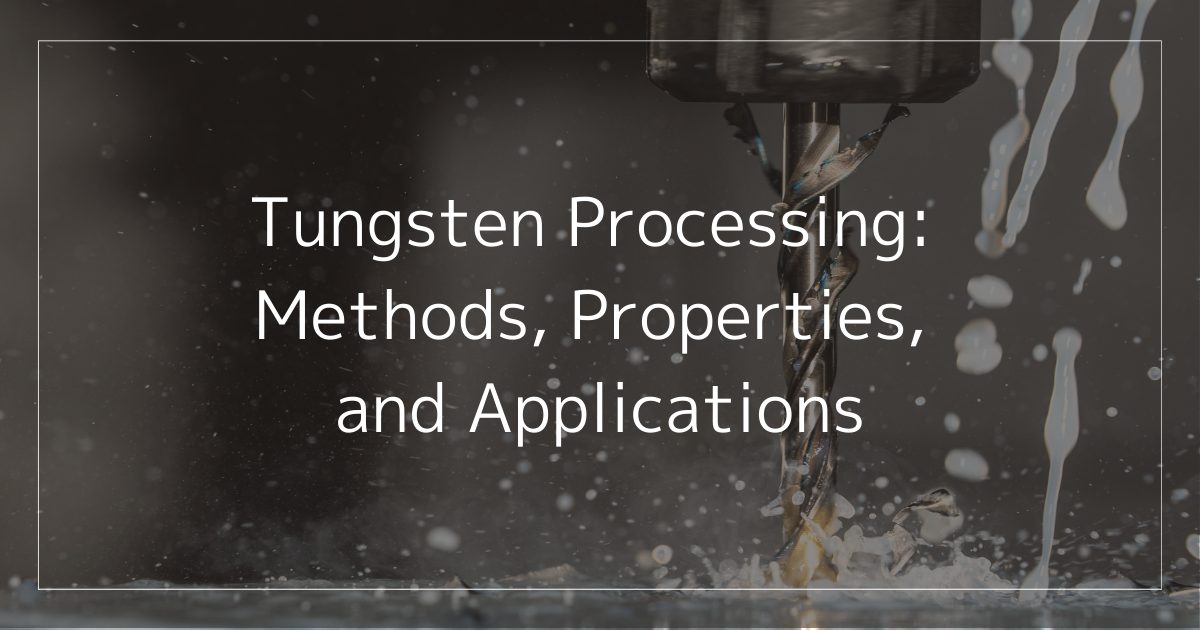
Tungsten plays a crucial role in various industries due to its high melting point, exceptional hardness, and unique chemical properties.
This article provides fundamental knowledge of tungsten, explains why it is challenging to process, and explores the methods used in its fabrication.
You will gain insights into how this material contributes to everyday life and various industrial applications.
For companies considering material processing using tungsten, this information can be a valuable reference.
What is Tungsten?
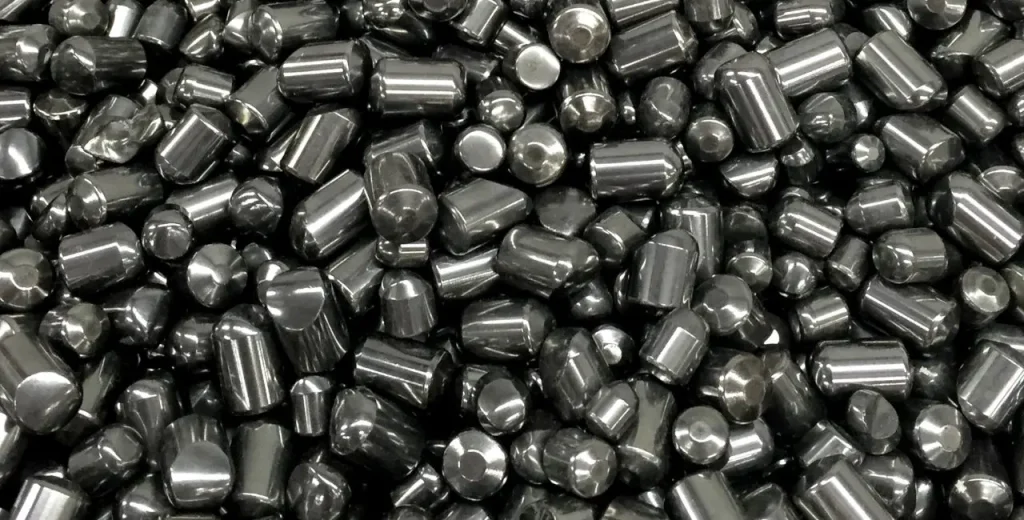
Tungsten is a metallic element represented by the symbol ‘W’ on the periodic table.
With an atomic number of 74, its name originates from the Swedish term ‘tung sten’, meaning “heavy stone.” Tungsten is an exceptionally hard and heavy rare metal and is one of the metals with the highest melting point.
Due to these properties, it maintains excellent shape stability even in high-temperature environments, making it a popular material for cutting tools. While tungsten may not be as widely recognized as iron, aluminum, or copper, it is actually a material frequently encountered in various aspects of our daily lives.
However, tungsten is also known as a difficult-to-machine material, often causing headaches for machinists. It rapidly wears down cutting tools and makes it challenging to achieve the desired surface roughness during machining.
Differences between Tungsten and Molybdenum
Tungsten and molybdenum are metallic elements that share similar characteristics, such as high melting points, high specific gravity, low thermal expansion, and high thermal conductivity. However, they differ significantly in terms of their machinability.
Molybdenum is highly machinable, allowing for relatively easy complex processing. In contrast, tungsten is extremely hard, making it much more challenging to machine.
Tungsten excels in durability under high-temperature environments and is commonly used as a material for cutting tools. Conversely, molybdenum exhibits high strength at elevated temperatures and has a low thermal expansion rate, providing excellent dimensional stability even in high-temperature settings. These metals are utilized in different applications based on their specific properties, such as machinability and heat resistance.
Characteristics and Properties of Tungsten
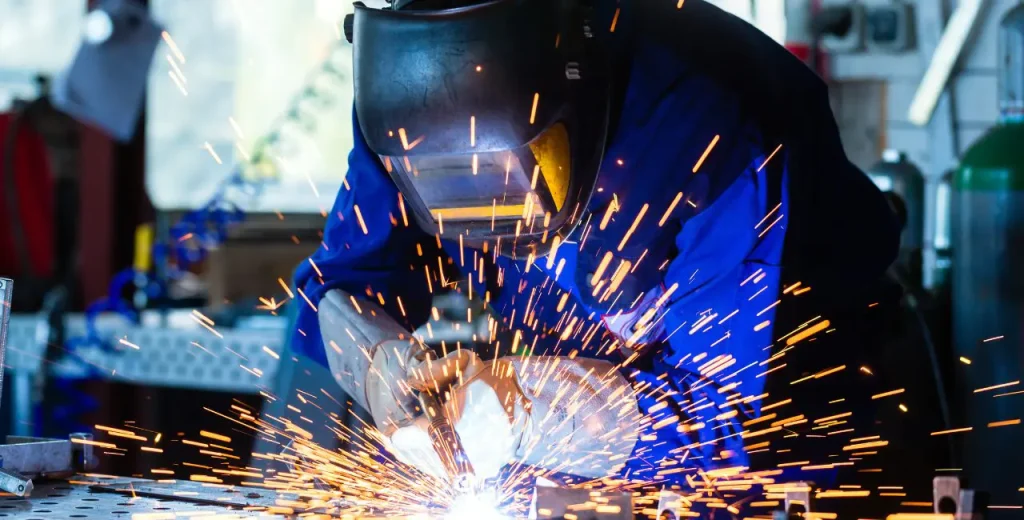
Tungsten is a highly valued material in numerous industries due to its unique physical and chemical properties.
Physical Properties of Tungsten
High Melting Point
Tungsten’s melting point is approximately 3422°C, making it one of the metals with the highest melting points. This exceptional heat resistance enables its application in spacecraft components and high-temperature furnace materials.
Hardness
When formed into tungsten carbide, commonly known as cemented carbide, it achieves a hardness level second only to diamond. This property makes it ideal for applications that require wear-resistant materials, particularly in the manufacture of cutting tools and drilling bits.
Density
Tungsten has a density of about 19.25 g/cm³, which surpasses that of lead. This characteristic makes it suitable for applications where weight plays a crucial role, such as radiation shielding materials and counterweights.
Chemical Properties of Tungsten
Corrosion Resistance
Tungsten is highly resistant to many acids and alkalis, which makes it an essential material in the chemical industry. It is especially valuable in environments that require protection against acidic substances. These corrosion-resistant properties allow tungsten to perform reliably in tough and demanding conditions.
Stability
Tungsten retains its properties even when exposed to high temperatures and oxidizing conditions, showing exceptional stability. This makes it ideal for manufacturing glass and ceramics, where high heat is involved. It is also widely used in the aerospace industry for components that must endure extreme temperatures.
Examples of Tungsten Applications (Contributing to Diverse Industries)
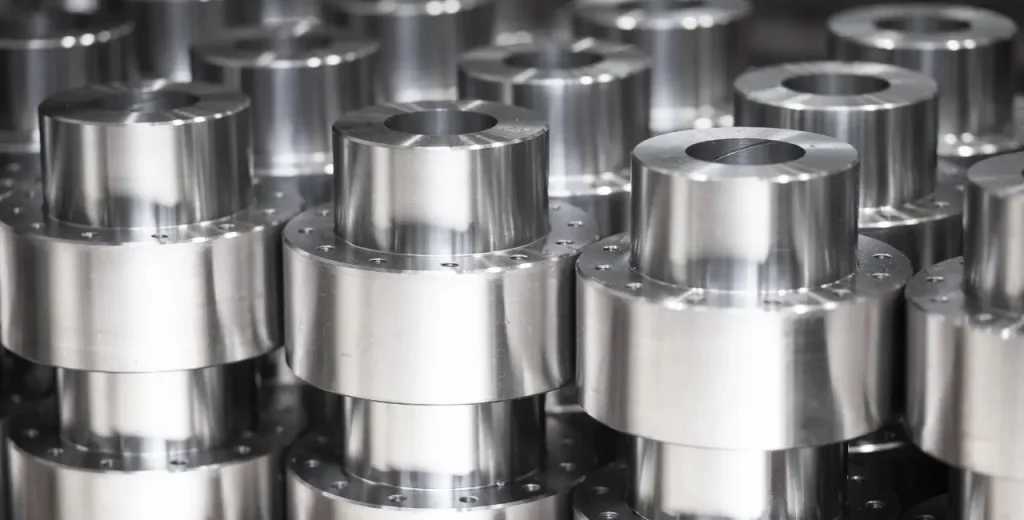
Tungsten plays a crucial role in numerous industries due to its high melting point and hardness.
Cutting Tools
Tungsten’s exceptional hardness gives it excellent resistance to high temperatures and wear generated during metal cutting in machine tools. This makes it an ideal material for cutting tools, commonly used in precision machining applications.
Tools and Molds
Leveraging its heat resistance and hardness, tungsten is also used for tools and molds. It retains its shape under prolonged use and high loads, extending the lifespan of these components. This property is particularly valued in the automotive and heavy industries.
Semiconductor Industry
Tungsten is used as a wiring material in semiconductor devices. Its high conductivity and heat resistance make it ideal for high-speed and high-performance semiconductor applications.
Automotive Industry
Tungsten is well-suited for high-temperature environments, making it valuable in automotive engine components and exhaust systems. Its ability to maintain performance under high temperatures helps improve engine efficiency and durability.
Medical Industry
Tungsten is also used as a radiation shielding material. It is commonly found in X-ray equipment and radiation therapy devices, helping to block radiation and ensure patient safety.
Key Machining Methods for Tungsten
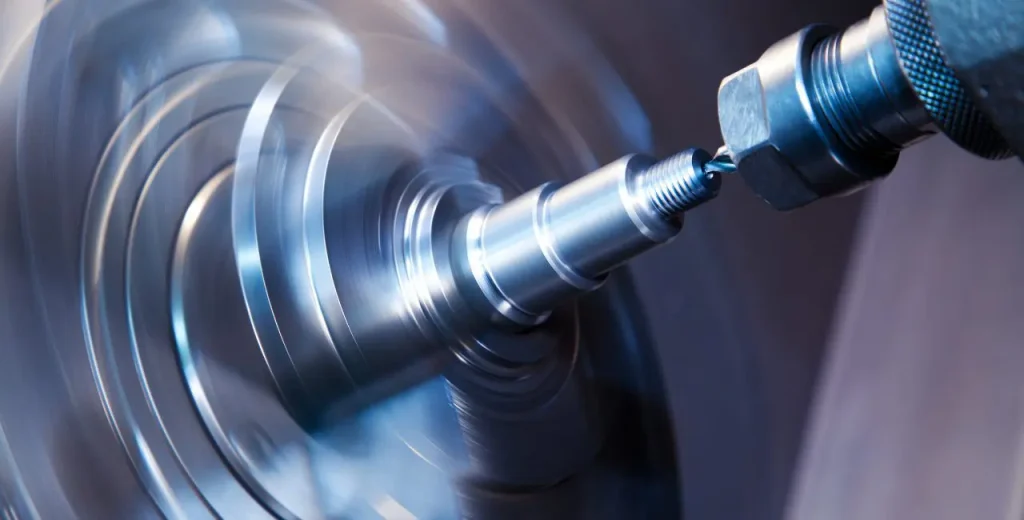
Lathe Machining
This machining method involves rotating the metal while cutting it, shaping tungsten into cylindrical or spherical forms.
To address tungsten’s high hardness, tools with higher rigidity and advanced techniques are required compared to standard machining of other metals.
Lathe machining allows for precise dimensional control, making it suitable for manufacturing industrial parts and precision instrument components.
Milling
Milling is used to create complex metal parts and is particularly versatile in shaping various forms.
For hard materials like tungsten, specialized tools and techniques are necessary to achieve high accuracy and fine finishes.
This machining method is highly valued in the manufacturing of products that require complex shapes and precision, such as automotive and aerospace components.
Thread Machining
Thread machining involves creating screws and threaded holes, demanding precise processing.
Tungsten’s brittle nature and tendency to chip make it challenging to produce clean thread profiles and maintain surface roughness. Tool wear is also severe, making it difficult to maintain quality that meets gauge specifications.
Why Choose Koyo for Your Tungsten Machining Needs?
Tungsten’s exceptional hardness requires specialized tools and expert techniques for precise shaping and processing. At Koyo, we bring cutting-edge technology and extensive experience to the table, enabling us to handle even the most complex and demanding tungsten machining projects.
Our team is dedicated to delivering the highest level of precision by using advanced methods specifically tailored to tungsten’s unique properties. Whether it’s for intricate industrial parts or high-performance components, we meet the rigorous standards our customers rely on.
We promise top-tier quality and flawless results, ensuring that every project is completed to perfection. Reach out to us today for any inquiries — we’re here to help you with your tungsten machining needs!
